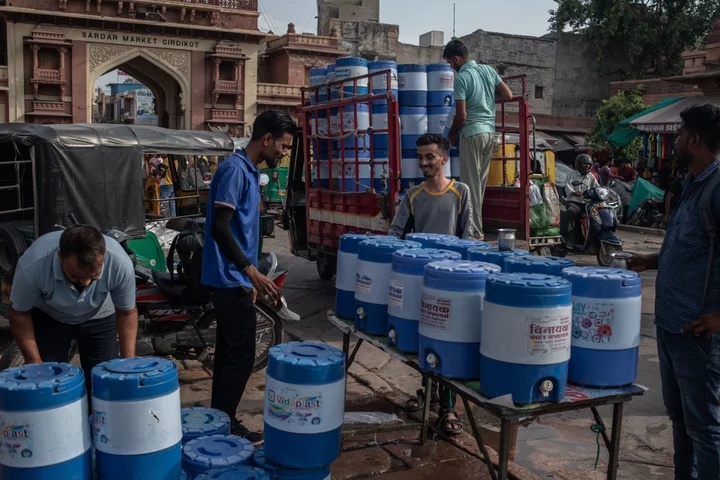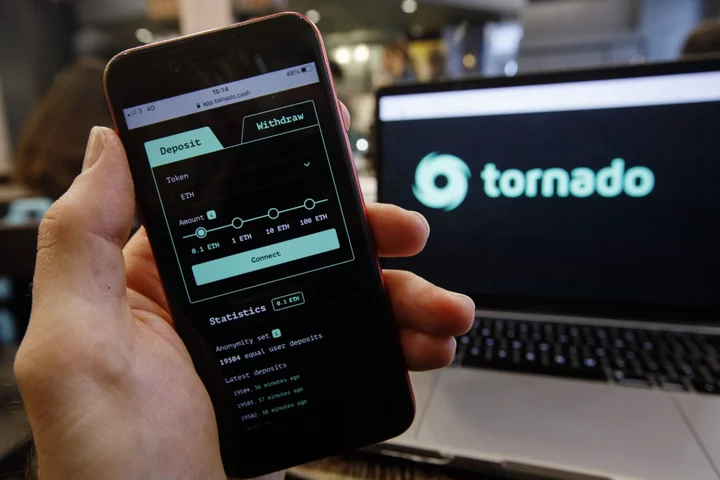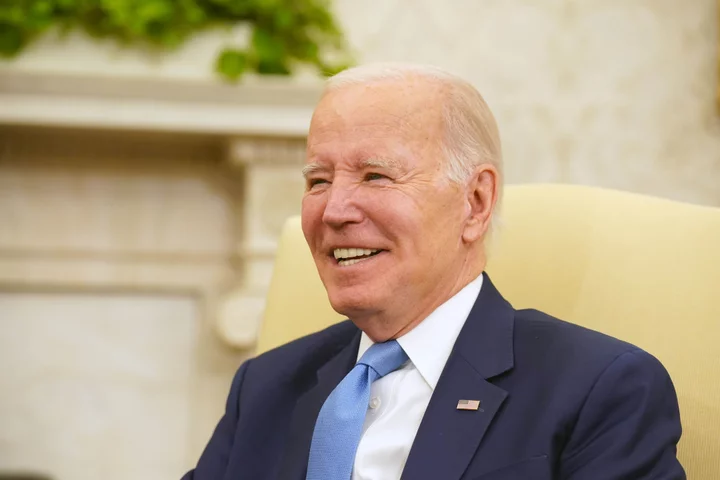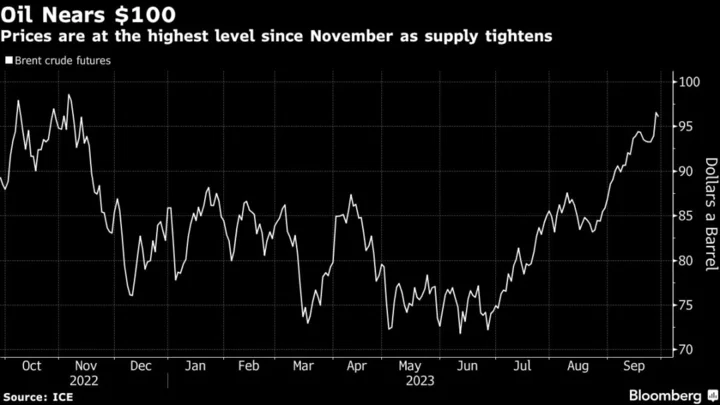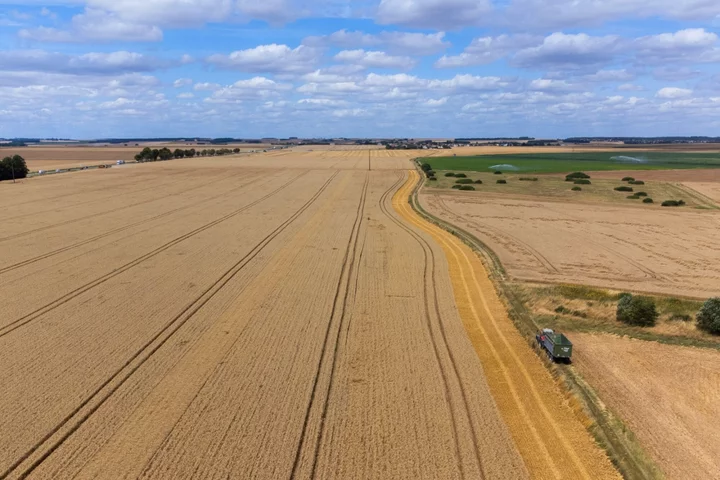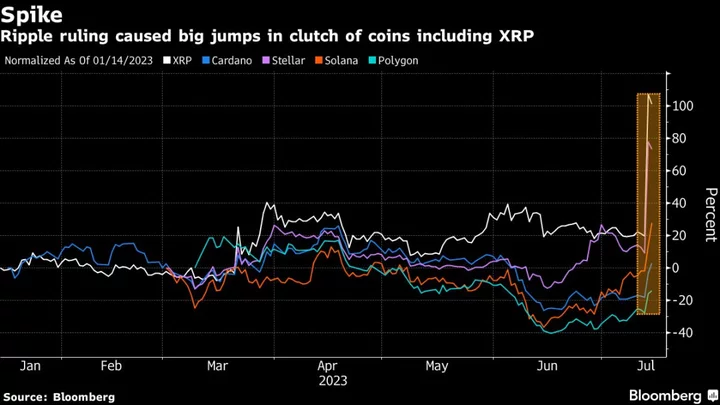India’s federal government will send teams to assist and advise heat-affected states, Health Minister Mansukh Mandaviya said on Tuesday, as local authorities and hospitals in the country’s north and east grapple with sweltering temperatures.
Government officials have resisted directly connecting high humidity and temperatures around 43C to 44C (109F to 111F) to an apparent rise in fatalities, and authoritative data are limited. But administrators have begun to draw attention to the needs and health distress of people struggling with extreme conditions.
Uttar Pradesh Chief Minister Yogi Adityanath, a powerful firebrand, is among those who have not directly commented on the loss of life, but has ordered officials to ensure rapid treatment of people suffering from heat-related symptoms, plus the provision of power and water supplies.
This summer has not smashed last year’s blistering records, but India has for weeks been dealing with highs close to 46C in some regions, as climate change makes extreme weather events more common. Combined with high humidity, even less brutal temperatures can create fatal conditions, and anecdotal accounts point to a devastating impact.
Read More: How Extreme Heat and Humidity Test Survival Limits: QuickTake
In Ballia, a district of more than three million in Uttar Pradesh, nearly 100 people have died in government hospitals since early June due to heat, according to Vivek Pandey, president of Sewa Sansthan, a local non-profit that works on providing care for women, children and the elderly. Others reported fluctuating power supplies.
Ballia’s District Magistrate Ravindra Kumar didn’t respond to calls and an email seeking comments.
The neighboring Deoria district has seen about 150 people die at the main government hospital so far this month, including 65 since June 17. According to the hospital’s administration, though, just four of these could be linked to heat. The district’s chief medical officer, Rajesh Jha, added sufficient medicines, ambulances, hydration solutions and separate wards for heat-stroke cases had been made available.
Part of the trouble in India and elsewhere is that while heat and humidity can lead to dehydration, plus increase the risk of heart attack, stroke and respiratory problems, it’s often hard to definitively attribute a person’s death to high temperatures. The picture in India is made more murky because official records can be spotty, and many people don’t use clinics.
“The summer heat has been worse than Covid. We didn’t have these many deaths in our village during the pandemic,” said Pankaj Rai, a farmer, speaking by phone from Ballia. Last month, his 60-year-old father collapsed and died after making the two-kilometer walk home from his land for lunch. “It was his daily routine,” Rai said. “He was absolutely fit.”
In the Nalanda Medical College Hospital in Patna, the capital of neighboring Bihar state, more than two dozen people have died in the past two days, according to a medical official who didn’t want to be named as he is not authorized to speak to the media. Most of the patients are coming with high fever and diarrhea — common symptoms of heatstroke.
Read More: India’s Coal Pits Fuel the Heat Waves That Threaten Millions
Ajay Kumar Sinha, associate professor of medicine at the hospital, played down the impact, saying they had seen about twenty admissions of people with heat-related illnesses in the past week, of which four had died. Two had co-morbidities, he added.
On the ground, others were less eager to brush away a problem and questions about preparedness.
“If the government says these deaths are not due to heat waves, it should give us data to show there’s no unusual spike,” Akhilanand Tiwari, a former journalist in Ballia said by phone. “And if there’s a spike, the government should explain it.”
India has found itself especially vulnerable to the effects of climate change, which include acute pre-monsoon heat waves, but also other extreme weather. While states including Uttar Pradesh, Bihar and Odisha are suffering high heat, India’s north eastern state Assam is experiencing floods and western state of Rajasthan has been hit by heavy rains.
Read More: Insurance for the Climate Age Protects Against Extreme Heat
Sweltering conditions are likely to continue in some parts of the country, including eastern areas of Uttar Pradesh, Odisha and Madhya Pradesh, on Tuesday before gradually abating, according to the India Meteorological Department.
“Millions of poor people have to earn their livelihoods even in extremely hot and humid weather conditions” and the state governments can do a lot more to protect them, according to Niranjan Sahoo, a senior fellow at the New Delhi-based think tank Observer Research Foundation. “When there is no public outcry and political costs to be paid, these deaths don’t become an electoral issue.”
--With assistance from Pratik Parija and Atul Prakash.
(Updates with expert comment in the last paragraph.)
Author: Rajesh Kumar Singh, Sreeja Biswas and Bibhudatta Pradhan

